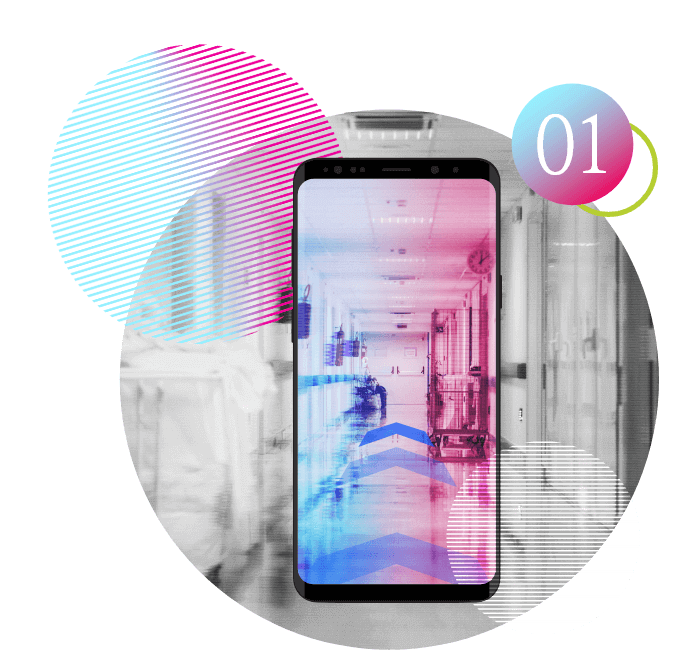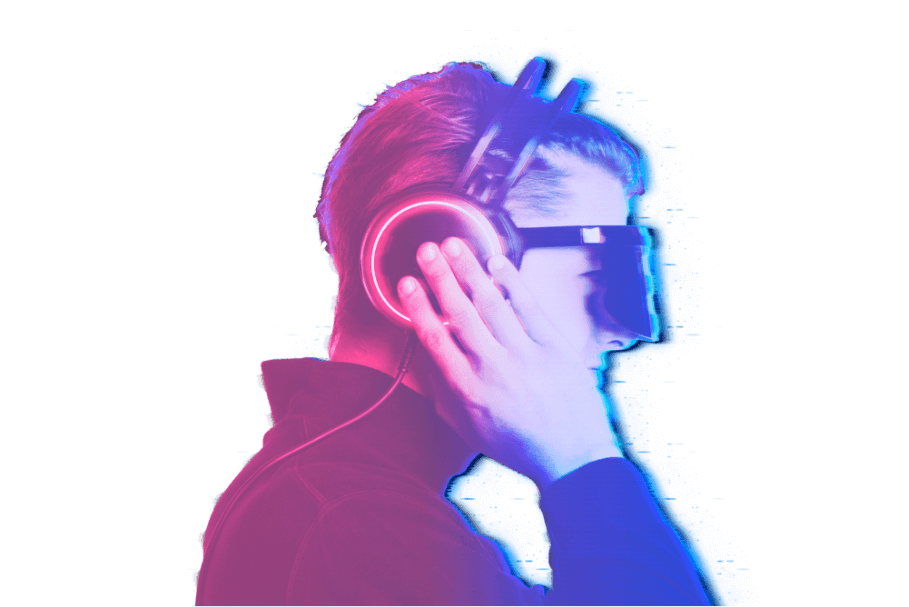Creating the magic
The Covid-19 pandemic acted as a key factor in changing our expectations around digital experiences. More people than ever before started shopping, talking with friends, and enjoying entertainment digitally rather than physically. We have come to expect powerful, personalized, and highly engaging digital experiences in all walks of life.



